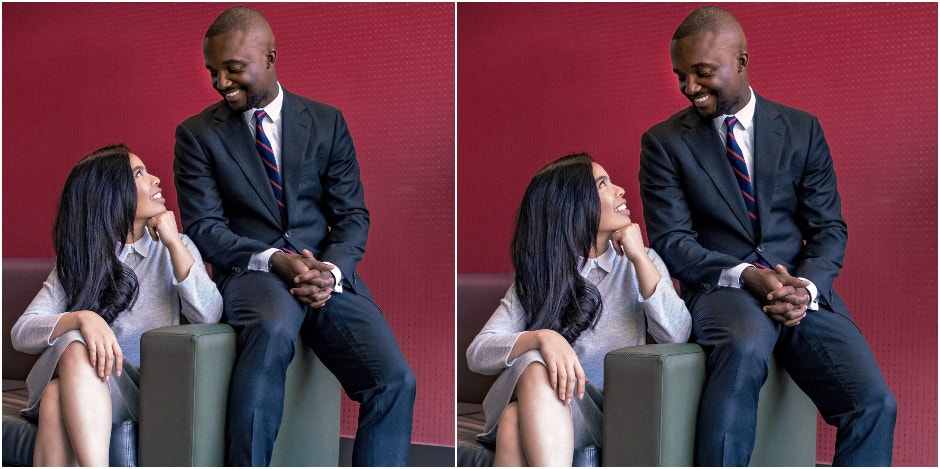Here’s What ‘Business Casual’ Really Means (For All You Newbies In The Work World)
Having the right wardrobe can make a statement when transitioning to a new job.
 Eloise Ambursley via Unsplash
Eloise Ambursley via Unsplash Business casual attire is a little complicated to define and there are many fashion tips available, depending on what you're looking for.
Now that September has hit, there are a countless number of students flocking to the malls to purchase their stylish back to school outfits from stores like H&M, Forever 21, and Uniqlo.
Recent graduates are also searching for stylish outfits to wear to their first job as professionals.
For students, it's easier to find an outfit as long as you follow the latest trends and fashion styles. (But, make sure you have jeans and a few tops you can mix and match throughout the year.)
But, for those entering a first job, it’s not as cut and dry. Most organizations today have a more relaxed or business casual dress code, but what does that mean?
Well, the industry you enter determines what casual business attire is, due to the varying styles.
Business casual for men usually includes the following:
1. Shirts
The best shirts to have for a business casual wardrobe include solid oxford shirts (two-toned are also acceptable), dress shirts, and polo shirts.
In the winter, you can wear sweaters and cardigans.
2. Pants
The best pants to have in your wardrobe are chinos, khakis (tan, gray, or dark-blue), or dress pants. Corduroys are acceptable in the winter months.
No jeans or suits.
3. Shoes
The types of shoes that will round out your business casual attire include loafers, leather sneakers, or leather dress-up boots in the colder months.
4. Accessories
If you need to accessorize to add a little flair to your wardrobe you can show off your personality by including a leather or canvas bag (no backpack), a nice watch or stylish cuff-links.
Business casual for women usually includes the following:
1. Tops
Formal or casual blouses, tops with sleeves, and polo shirts are acceptable. In the winter months, turtlenecks and sweaters are okay.
In both instances, you want to make sure your tops aren’t too-tight, show any bare shoulders, and are oversized or see-through. Also, shirts with slogans should also be avoided.
2. Bottoms
You can wear pencil skirts or wrap-around skirts in any color. Make sure your skirts aren’t too short, too tight, or see-through.
When it comes to pants you can wear a variety of styles will be sufficient from straight to cropped, wool to linen. The styles you must avoid at all costs are active pants, sweatshirts, leggings, and yoga pants.
This may seem ridiculous to mention but it’s better to state the obvious than to be called out by human resources.
3. Jackets
You should invest in your basic blue or classic blazer. Try to avoid any blazers that are too trendy.
4. Shoes
You can wear basically any type of shoe that suits your style except flip-flops, running shoes, sandals, formal high-heels, and leg-length boots. Avoid these styles at all costs.
5. Accessories
Buy things that make your personality stand out like earrings, necklaces, and belts, but it should trend toward the conservative side.
Your purse should be geometrical in neutral colors which will give you a more organizational look than an oversized handbag.
In the end, you want to feel good about your outfits.
Since this is your first job or a new job for that matter, make sure your outfits are interchangeable so you aren’t hitting the stores every other week.
Make sure your co-workers are focused more on the state of your work and not the state of your wardrobe.
Keith Dent is an entrepreneur, business coach and author of In The Paint, How to Win at the Game of Love. He helps people live their best lives no matter what stage they are in. If you are trying to get there, send him an email.
